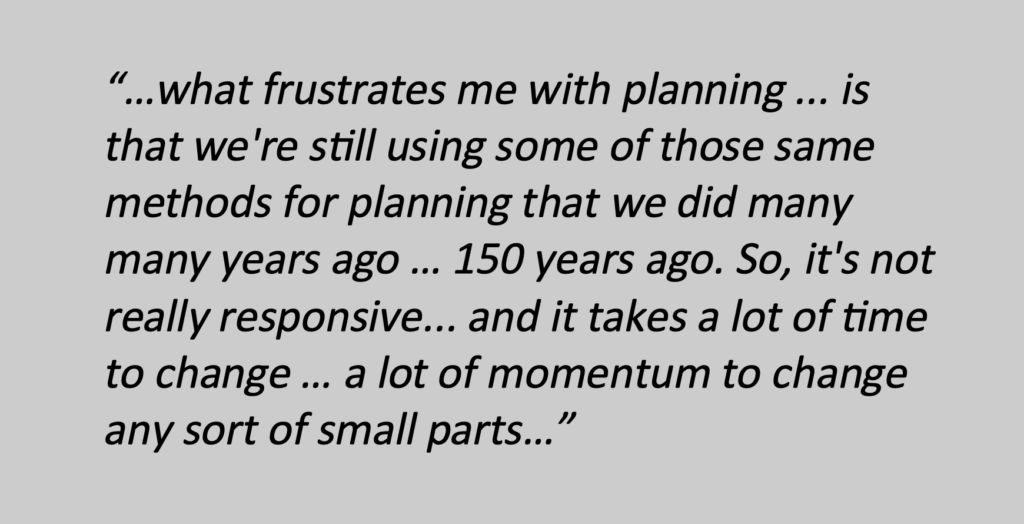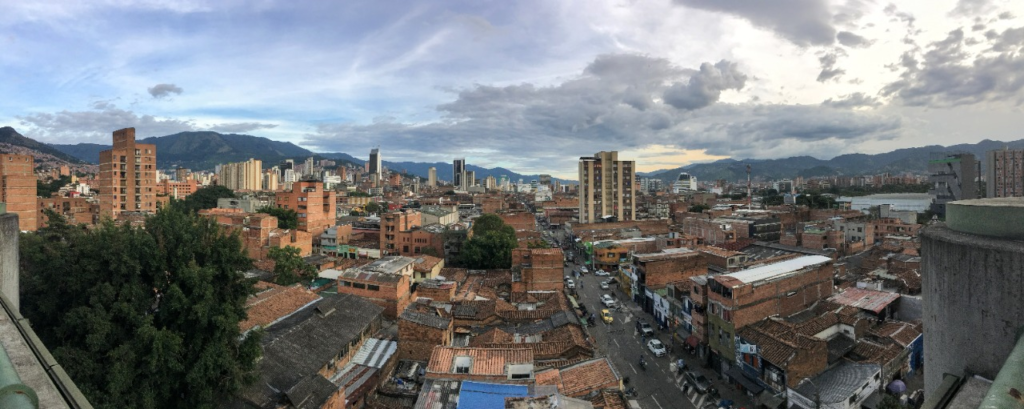City Know-hows

Young people are satisfied with many aspects of their local area except for active travel to school and for those living in rural areas. There was strong correlation between living in more crime prone areas and feeling unsafe.
Share
Target audience
Urban planners, WHO Healthy Cities, government policy makers, and active travel organisations.
The problem
The concept of ‘living locally’ and the 20-minute neighbourhood policy has regained prominence for both national and local planning. However, the needs and preferences of young people are frequently overlooked in urban planning, despite adolescence representing a crucial phase when public policies shape behaviours that can impact future health outcomes.
What we did and why
This study gained insight into how young people subjectively perceive their local neighbourhoods and to compare these perceptions with objective data regarding access to amenities aligned with the corresponding features of the 20-minute neighbourhood policy.
Objective data were gathered through an online adaptation of the Place Standard Tool for Young People. Subjective data concerning access to ten essential amenities in line with the 20-minute neighbourhood concept, along with area-level crime statistics, were spatially linked.
Our study’s contribution
The findings showed that young people expressed the highest satisfaction with nature and the ability to walk, cycle, or wheel around their local area. Conversely, their satisfaction was lowest when it came to walking, cycling, or wheeling to school. Young people residing in rural areas were more dissatisfied with their localities compared to their urban counterparts. The study also revealed an association between young people reporting feelings of insecurity and the rates of area-level crime.
Impacts for city policy and practice
To enhance the contentment of young individuals with their immediate environments in rural communities, targeted interventions are necessary. Additionally, further research is imperative to understand the underlying reasons for young people’s dissatisfaction with walking, cycling, or wheeling to school.
Further information
Full research article:
Exploring young people’s views of their local area related to the 20-minute neighbourhood policy: A national cross-sectional study by Marissa Bulloch and Jonathan R. Olsen.
Related posts

City makers need to stop making cities for ‘normal’ circumstances. Cities are liveable only when they can respond and reflect on and learn from disruptions and consequently adapt and change.City makers, policy makers

People living in informal settlements endure the disproportionate burden of health vulnerabilities due to poor living conditions, overcrowding and infrastructural neglect. I examine how social, economic, political and environmental forces converge to amplify health disparities in Harare’s informal settlements.

Insights into life conditions of residents in social housing in Medellin, Colombia to contribute to the planning and management of healthier housing using a novel